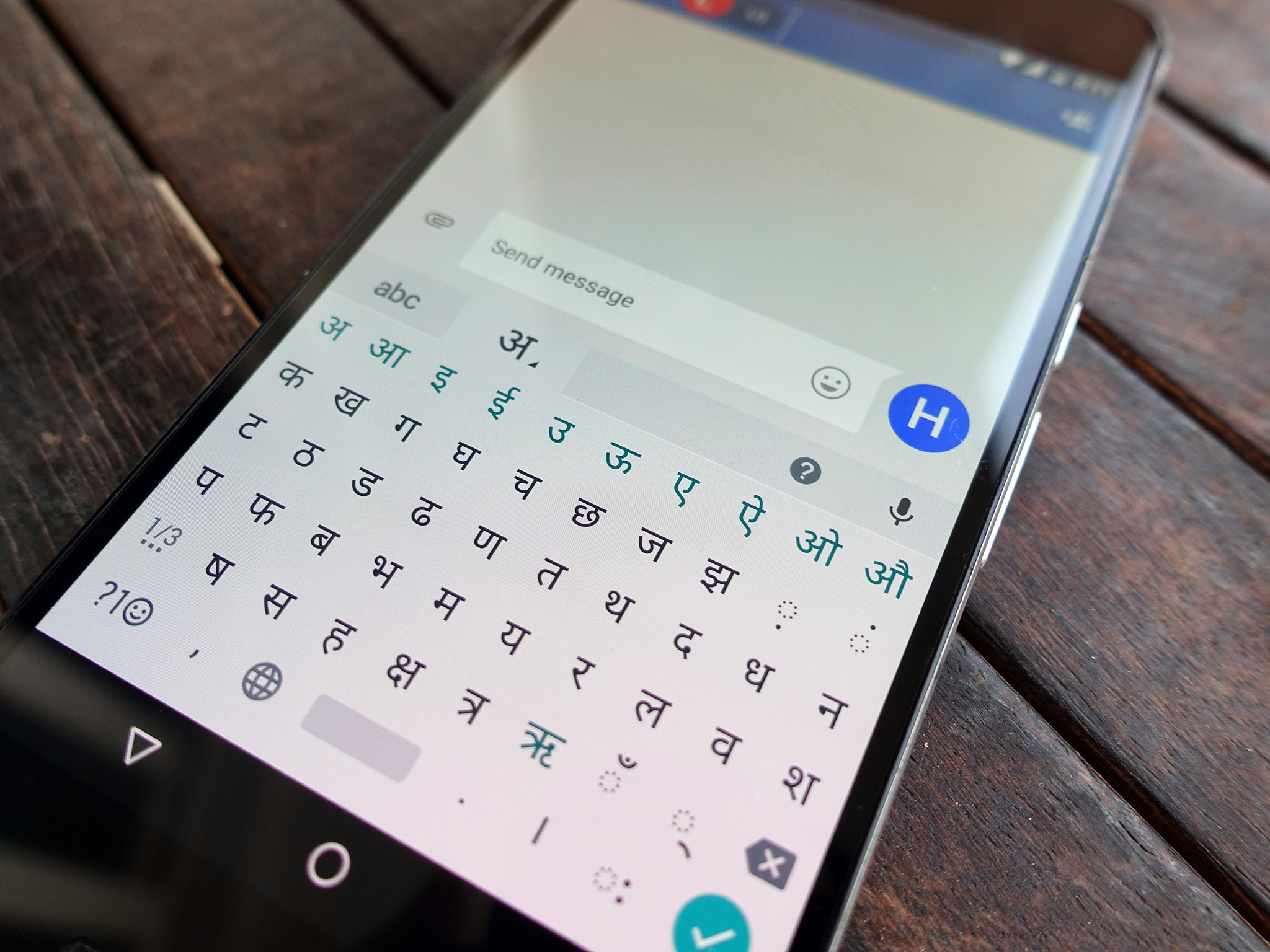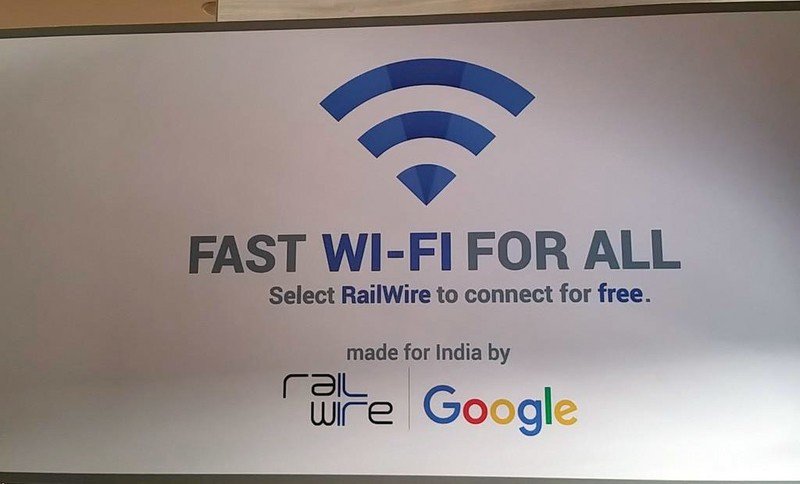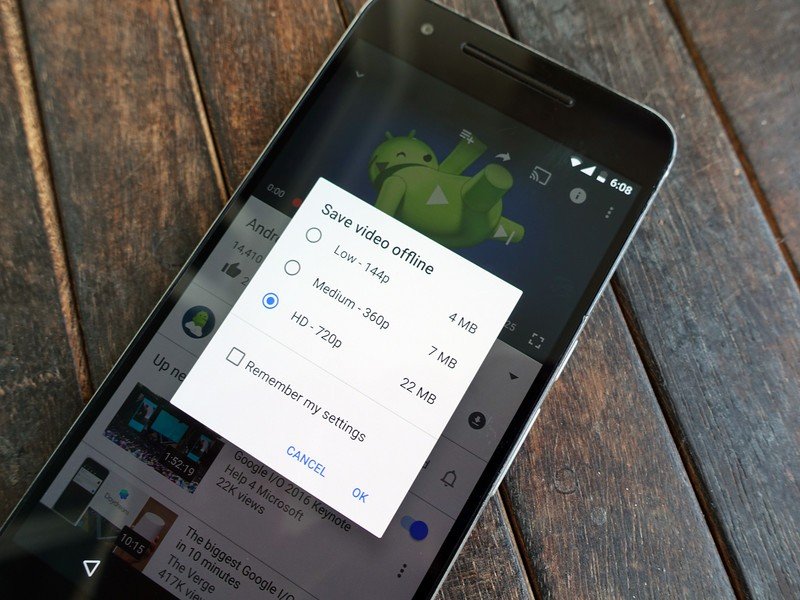Apple is making a lot of noise in India, but Google's doing the heavy lifting in the country

Indian media outlets are abuzz after Tim Cook's maiden voyage to the country as CEO of Apple. Cook launched a new iOS accelerator in Bengaluru, and a Maps facility in Hyderabad that will create 4,000 jobs. The executive certainly created a lot of headlines here, thanks to his strategically planned visits to a temple, a Bollywood gala, and a cricket match. However, there wasn't much in the way of how Apple would localize its products. We didn't get to hear if Apple would start assembling phones under the "Make in India" initiative — which will lead to a massive influx in jobs — and there wasn't any mention of fixing the iPhone pricing problem.
Meanwhile, Google is steadily rolling out new initiatives in the country, all aimed at ensuring that people making their way online for the first time make a smooth transition, and providing tools to empower them. Here's what the search giant is up to in India.
Everyone gets free Wi-Fi

Google has teamed up with the Indian government to offer free high-speed public Wi-Fi across 400 train stations in India. The service is now live at 15 stations, with 300,000 users logging in to use free Wi-Fi every week. Google is on course to add Wi-Fi connectivity across 100 stations by the end of the year. The search giant also will cover 17 suburban train stations in Mumbai, from which more than 1.5 million people pass through every day.
The service will be monetized in the future, but Google maintains that there will be a free tier that will offer unfettered access to the internet.
Where do we go from here?

Google Maps in India is excellent. If you've ever been to India, you'll know that the streets are an unmitigated disaster. Maps tries to make sense of the mayhem, offering live traffic alerts and alternate routes, as well as the ability to add detours to your routes.
There also is the ability to download areas for offline navigation, and you can book an Uber or Ola cab from within Maps. If you've got the cab services' apps installed, you will be able to see fare estimates and pick up times without having to exit Maps. Google has also tied up with the government to offer public alerts following the floods in Chennai.
Watch YouTube anytime, anywhere

You'll be hard pressed to find a stable cellular connection in most parts of India, which is why Google rolled out the ability to save YouTube videos offline. The feature lets you save YouTube videos on your device for offline viewing. You also have the option of choosing between standard or high definition quality settings when saving a video offline.
Get the latest news from Android Central, your trusted companion in the world of Android
Localization is key

Android 6.0 Marshmallow supports Unicode 7.0, with more than 15 major Indian languages represented. If you're looking to pick up an Android phone and your native tongue is Hindi, you won't face a steep learning curve, as most of the system menus and settings are displayed in your regional language. Local manufacturers have done a great job of communicating the language diversity on offer with the operating system.
Then there's the excellent (and underrated) Google Indic keyboard, which supports eleven local languages. You have the option of writing in your native language, or use English letters to transliterate. There's handwriting mode as well, which currently works with Hindi. The Indic keyboard even has a dedicated number row, which only just made its debut in the regular Google Keyboard.
Google's voice search works with select Indian languages, and it is remarkably good at recognizing (and distinguishing between) local dialects. There's a vibrant Translate community in India, which contributes to a bulk of the translation work that's being carried out in the country.
Google Assistant, which was showcased at I/O 2016, has transliteration services baked in, and will offer the ability to communicate in Hinglish (a mix of Hindi and English).
The next billion

Android is stronger than ever in India, with Apple accounting for less than 3 percent of the market share in the country. The Android One initiative failed to get off the ground, but Google has recently reiterated its commitment to the platform, stating that it will allow its partners more freedom in choosing the hardware.
Recent initiatives by the search giant include the Code to Learn contest, which encourages kids to build projects while learning the basics of programming through tools like MIT's App Inventor or Scratch. There's also the Internet Saathi program, which sees Google partnering with Tata Trusts to bridge the gender divide in rural India. The program trains women on the fundamentals of the internet, which can then be passed on to their communities. The program is now live in nine states in the country, with a goal of reaching over 300,000 villages.
Then there's the NPTEL program, which offers free online courses in computer science, civil engineering, mathematics, and more. The sessions are delivered by faculty from various IITs, India's premier learning institutions. The courses are offered through Course Builder, an open-source made by Google.
Google is also launching an initiative to provide training to over two million new Android developers, and is providing $20,000 in credits toward its cloud services to over 2,000 startups in the country. For those already connected, Google is making it easier to pay for digital content through carrier billing, which is now live for Idea subscribers.
Sure, Apple has a particular cachet in the high-end segment, but as Tim Cook said in his interview with NDTV, the company is not interested in duking it out with the horde of Android vendors in the entry-level and mid-range segments. It is — and will continue to be — a premium brand catering to the few, whereas Google is making real strides in connecting the next billion. The upcoming pilot of the Project Loon initiative — through which Google will beam internet down from balloons floating 20 kilometers above the surface of the planet — is a testament to the search giant's efforts in expanding internet availability in the country.
Apple's waiting for 4G networks to go mainstream in the country so it can sell overpriced iPhones. Google's working to ensure that people in remote corners of India can make their way to the internet for the first time.
Have you listened to this week's Android Central Podcast?

Every week, the Android Central Podcast brings you the latest tech news, analysis and hot takes, with familiar co-hosts and special guests.

Harish Jonnalagadda is Android Central's Senior Editor overseeing mobile coverage. In his current role, he leads the site's coverage of Chinese phone brands, networking products, and AV gear. He has been testing phones for over a decade, and has extensive experience in mobile hardware and the global semiconductor industry. Contact him on Twitter at @chunkynerd.
